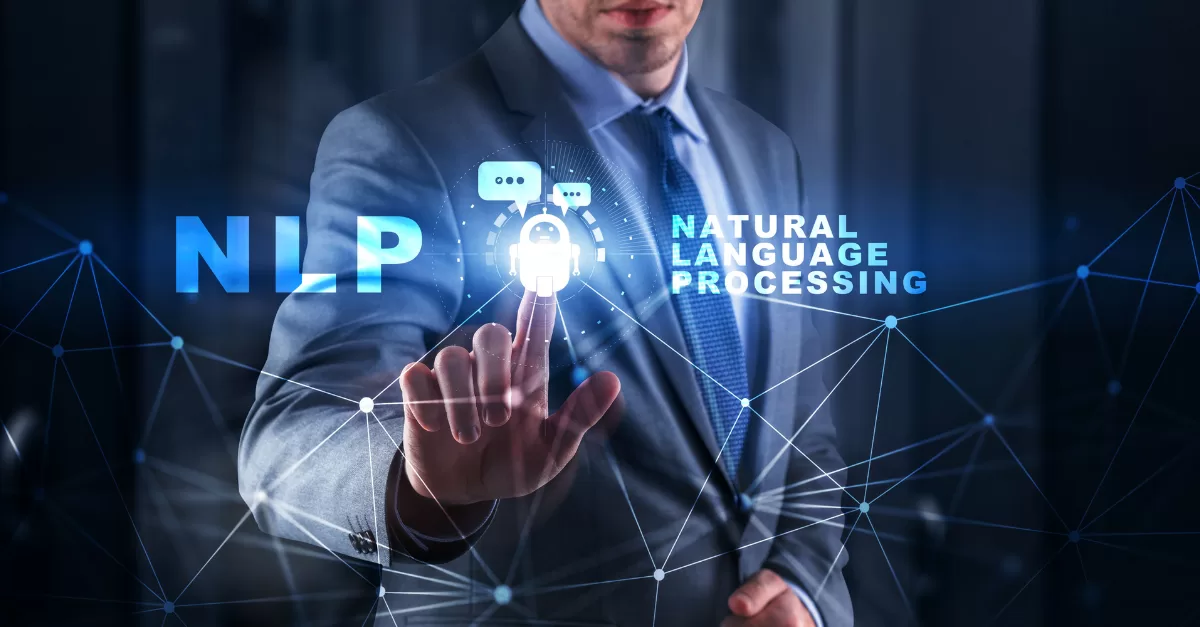For modern media companies, every article, video, or podcast episode represents more than a finished product — it’s a data-rich asset. But most publishing workflows are still built around human effort: editors plan, writers create, and analysts report. What if your content could analyze itself?
That’s the promise of a content intelligence pipeline — a series of automated steps that use natural language processing (NLP) and machine learning to extract insights from every piece of content you publish. Whether you’re a newsroom, a magazine, or a digital media brand, content intelligence pipelines unlock faster decisions, better recommendations, and more scalable operations.
What Is a Content Intelligence Pipeline?
A content intelligence pipeline is a set of automated tools and models that analyze your content as it moves through your editorial or publishing workflow. These pipelines typically apply natural language processing (NLP) techniques to extract metadata, identify key themes, and even assign relevance scores to your content — all without manual tagging.
Think of it as your editorial workflow’s new superpower. Instead of relying solely on human intuition to label stories, determine priority, or surface older content, a content intelligence pipeline reads every article and applies consistent, machine-driven logic, making your team faster and smarter.
Granite Data Pro has helped businesses connect over 300 platforms and services. If deeper connections and data-driven processes are a priority for your business, schedule a free consultation with us today.
Core Capabilities: What a Content Intelligence Pipeline Can Do
Here are three powerful ways NLP powers content intelligence:
1. Entity Extraction
Using named entity recognition (NER), pipelines can automatically identify and tag people, places, organizations, products, and other key terms within your content.
Why it matters:
- Improves internal search and content discoverability
- Powers dynamic topic pages and personalized recommendations
- Reduces reliance on manual tagging (and human error)
Example: Your article about streaming services might automatically tag “Netflix,” “Disney+,” “CEO Bob Iger,” and “Los Angeles” — enabling smarter grouping and unlocking advanced contextual advertising.
2. Topic Modeling
Unsupervised learning techniques like Latent Dirichlet Allocation (LDA) or modern embedding-based models can analyze large volumes of content and surface dominant themes or topics.
Why it matters:
- Helps editorial teams identify coverage gaps or over-saturation
- Enables automated clustering for newsletters, recirculation, or archives
- Can map content to advertiser-friendly categories without hardcoded rules
Example: After processing 10,000 science articles, your content intelligence pipeline might reveal emerging topics like “AI regulation,” “green energy startups,” or “Gen Z shopping habits” — giving editors insight into what’s trending across your content universe.
3. Content Scoring
Pipelines can be trained to evaluate the quality, relevance, or audience fit of a given article based on historical performance and editorial standards.
Why it matters:
- Guides homepage curation, push notifications, or syndication
- Helps prioritize evergreen updates and identify high-value stories
- Can flag low-quality or off-brand content before publication
Example: Your top-performing lifestyle content may share traits like “listicle format,” “5-minute read,” and “includes expert quotes.” A content scoring model picks up on this pattern and flags new submissions that fit the mold — or deviate from it.
Why Now? The Business Case for Content Intelligence
Media companies are under constant pressure to do more with less — fewer editors, tighter deadlines, and higher expectations from both readers and advertisers. A content intelligence pipeline doesn’t replace your team’s judgment — it amplifies it.
By automating the low-level cognitive tasks (like tagging, categorizing, or scoring), your editorial team can focus on higher-impact decisions. Your product team gets cleaner metadata for personalization and discovery. And your revenue team benefits from better audience segmentation and contextual targeting.
Content intelligence pipelines help your content work harder across every department.
Want to learn more?
At Granite Data Pro, we help publishers build and deploy custom AI solutions such as content intelligence pipelines that align with their goals, data, and editorial standards. We don’t just hand you an off-the-shelf tool — we integrate with your CMS, connect to your analytics stack, and tailor every model to your unique voice and workflows.
If you’re ready to explore how a content intelligence pipeline could reshape your editorial operation, we’d love to chat.
Let’s Build Something Smarter, Together.
Schedule a free consultation to discuss your specific use case today.
Let’s Build Something Smarter, Together.
Schedule a free consultation to discuss your specific use case today.
